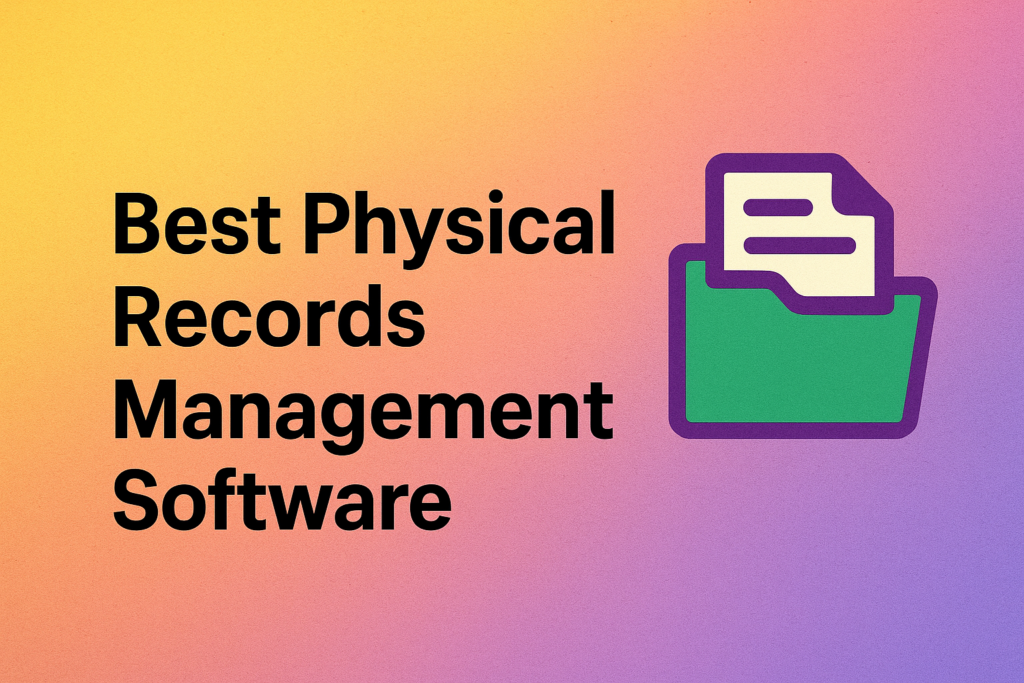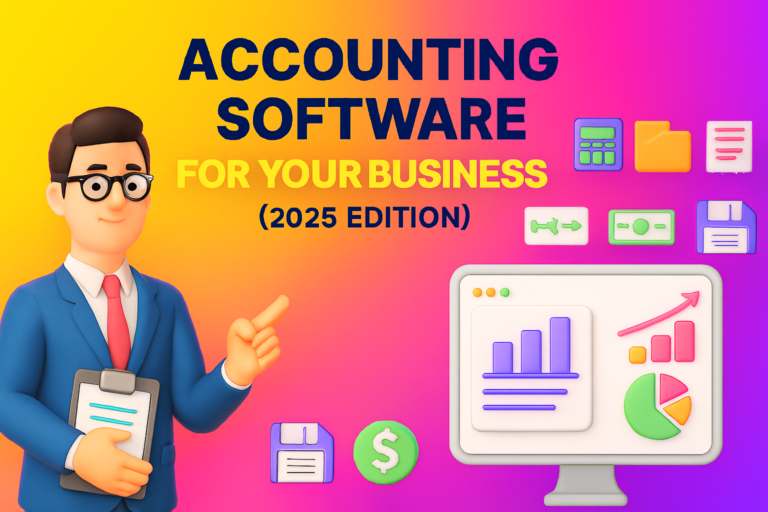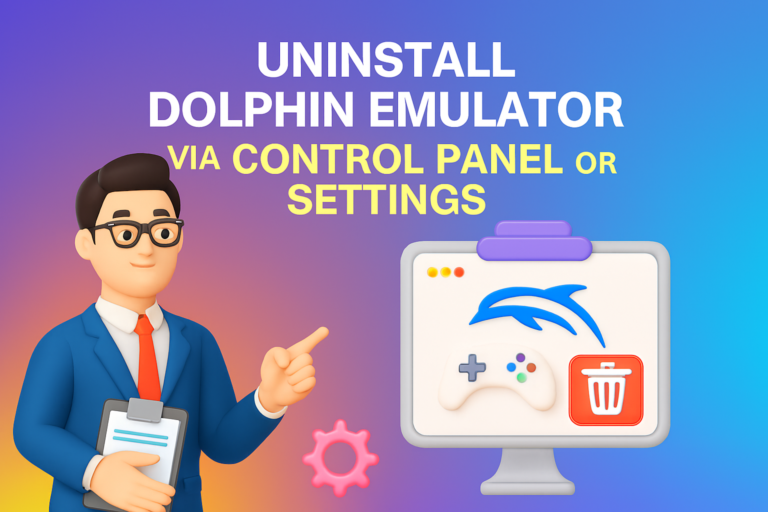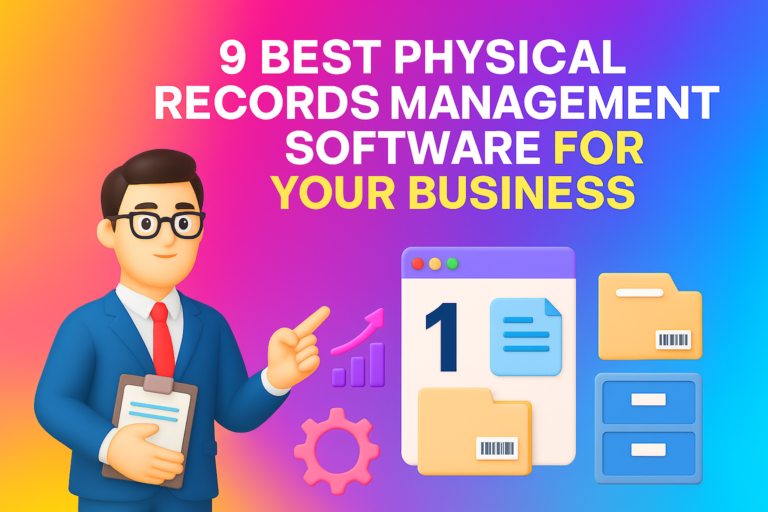If you want the Best physical records management software, pick a solution that tracks boxes and folders, links paper to your Electronic records Management System (ERMS), supports barcode/RFID and mobile scanning, and gives strong audit trails and legal-hold tools. Top options to evaluate include Gimmal (for governance and ERMS integration) and Versatile Enterprise by Zasio (for large physical stores and warehouse-style workflows).
Table of Content
Stop searching. Start finding.
Imagine you need one file for an audit, and you can find it in minutes — not hours. That relief comes when you use the right physical records management software. If you handle paper records in the USA, the right system will save you time, reduce legal risk, and make audits much easier.
Why this guide matters to you
You probably deal with folders, boxes, and off-site storage. A good system turns that pile of paper into a searchable, auditable, and secure asset. In this article you’ll learn what features matter, which vendors are worth your time, and where to get official downloads or demos.
What physical records management software does for you
Physical records software helps you:
Track exact locations of boxes, folders, and files.
Use barcode or RFID scanning to speed check-in/check-out.
Link paper files to an Electronic records Management System (ERMS) so you see paper and digital records together.
Keep chain-of-custody logs and audit trails for compliance.
Schedule retention and manage legal holds.
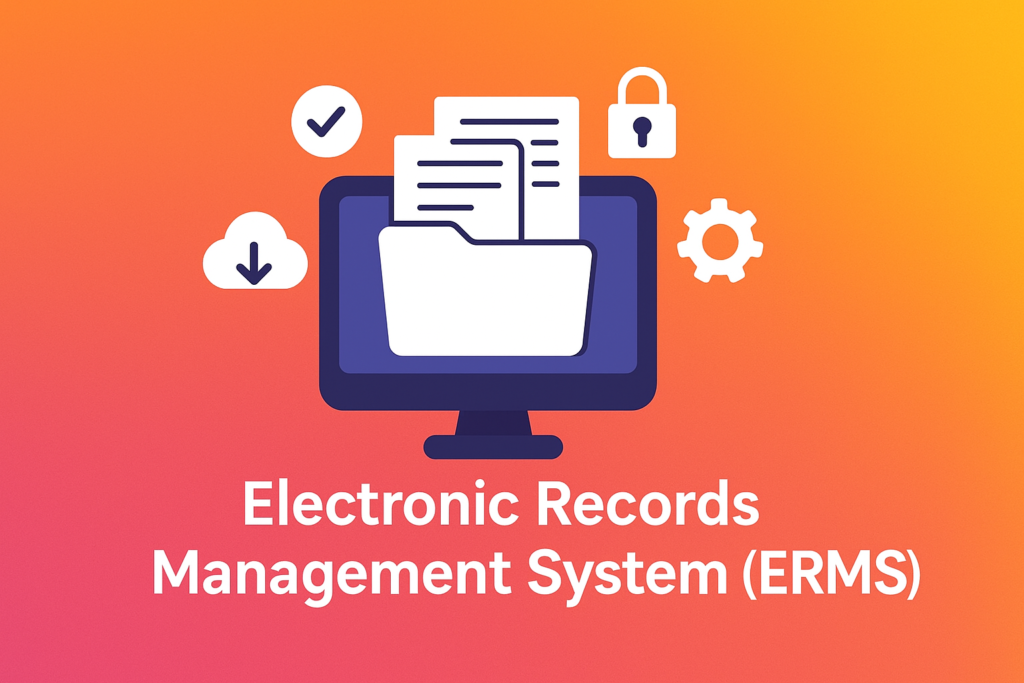
Key features you must have (and why they matter to you)
1: Find a box by ID, folder title, or keyword. This cuts retrieval time drastically.
2: Scanning eliminates manual errors and speeds operations.
3: If you use off-site storage or field staff, mobile apps let you scan and sync on the go. (Example: Versatile Records On-The-Go mobile app
4: Link scanned PDFs and digital records to their physical originals so you don’t work in separate silos.
5: Automate retention schedules and freeze records during litigation.
6: You must be able to show who accessed or moved a file — critical for audits and HIPAA or FOIA responses.
Who the top vendors are (and what makes them strong choices)
Below are the vendors you should evaluate first, with clear, one-by-one features and where to safely request downloads or demos.
1) Gimmal — Best for governance and ERMS integration
Why it’s good for you: Gimmal focuses on enterprise information governance and links physical records to electronic systems. If your priority is policy, compliance, and managing records where they already live (SharePoint, file shares, etc.), Gimmal is a top pick.
Unified view of electronic and physical records.
Retention and disposition automation to enforce policy.
Physical location tracking (boxes, shelves).
Chain-of-custody and audit logs for legal and compliance needs.
Where to download / request a demo:
Visit Gimmal’s official site to read product details or request a demo: Gimmal Records / Gimmal Physical. Always use the vendor page for official downloads and trial access.
2) Versatile Enterprise (Zasio) — Best for large physical stores and field teams
Why it’s good for you: Versatile by Zasio is built for records centers and organizations with many boxes and off-site storage. It offers visual space mapping and strong mobile tools for field scanning. If you manage thousands of boxes or use warehouse layouts, consider Versatile.
Visual space management (aisles, bays, shelves).
Built-in imaging and mobile scanning (Versatile Records On-The-Go).
Retention scheduling and legal hold features.
Detailed audit trails and role-based security
For an in-depth look at the best Physical Records Management Software for 2026, check out this detailed guide at Propertechi. This resource provides valuable insights into the top tools available today and how they can help streamline your document management processes.
Where to download / request a demo?
Go to Zasio’s Versatile product pages or contact their sales team. Mobile apps are available from official app stores (Google Play and Apple App Store).
Other vendors to consider (short list)
Feith — Strong physical records center tools with barcode workflows.
Infolinx (now part of other suites) — Known for barcode/RFID and retention features.
Always verify product pages and demos on the vendors’ official websites.
Where to get safe downloads and demos (do this, not that)
Do:
Request demos or trial downloads from the vendor’s official website (Gimmal, Zasio, Feith).
Download mobile companion apps only from the Google Play Store or Apple App Store (e.g., Versatile Records On-The-Go).
Ask vendors for a secure trial with your sample data
Don’t:
Use random third-party “download” sites or torrents for software — they risk malware and licensing issues.
Rely on unverified sources for enterprise downloads.
A simple rollout plan you can follow (practical steps)
1. Assess your current records, storage, and retention rules.
2. Shortlist 2–3 vendors (include Gimmal and Versatile if they fit).
3. Pilot a small department or storage room. Index and scan a sample set.
4. Train staff on scanning, check-out, and search. Keep sessions short and practical.
5. Measure retrieval times and errors, then refine labels and workflows.
6. Scale gradually, monitoring compliance reports and audit logs.
Quick FAQ you’ll want answers to
Q: What is an Electronic records Management System (ERMS)?
A: ERMS is software that manages digital records across their lifecycle — creation, storage, retention, and disposal. Integrating physical tracking with ERMS gives you a single view of records.
Q: Can you download a free trial?
A: Many vendors offer demos or controlled trials from their official websites — always request trials directly from the vendor.
Q: Is mobile scanning safe?
A: Yes — if you use the official mobile apps from vendors and secure your devices (passwords, encryption, MDM).
Final Thought
The best way to succeed with physical records management software is to start simple and stay practical. First, list your key needs such as storage volume, off-site requirements, ERMS integration, and budget. Then request demos from trusted vendors like Gimmal and Versatile (Zasio) to test with your own sample data. Begin with a small pilot in one department, measure the results, and expand gradually. With proper staff training, consistent labeling, and regular use of audit reports, you’ll build a reliable, compliant system that saves time and reduces risk.

